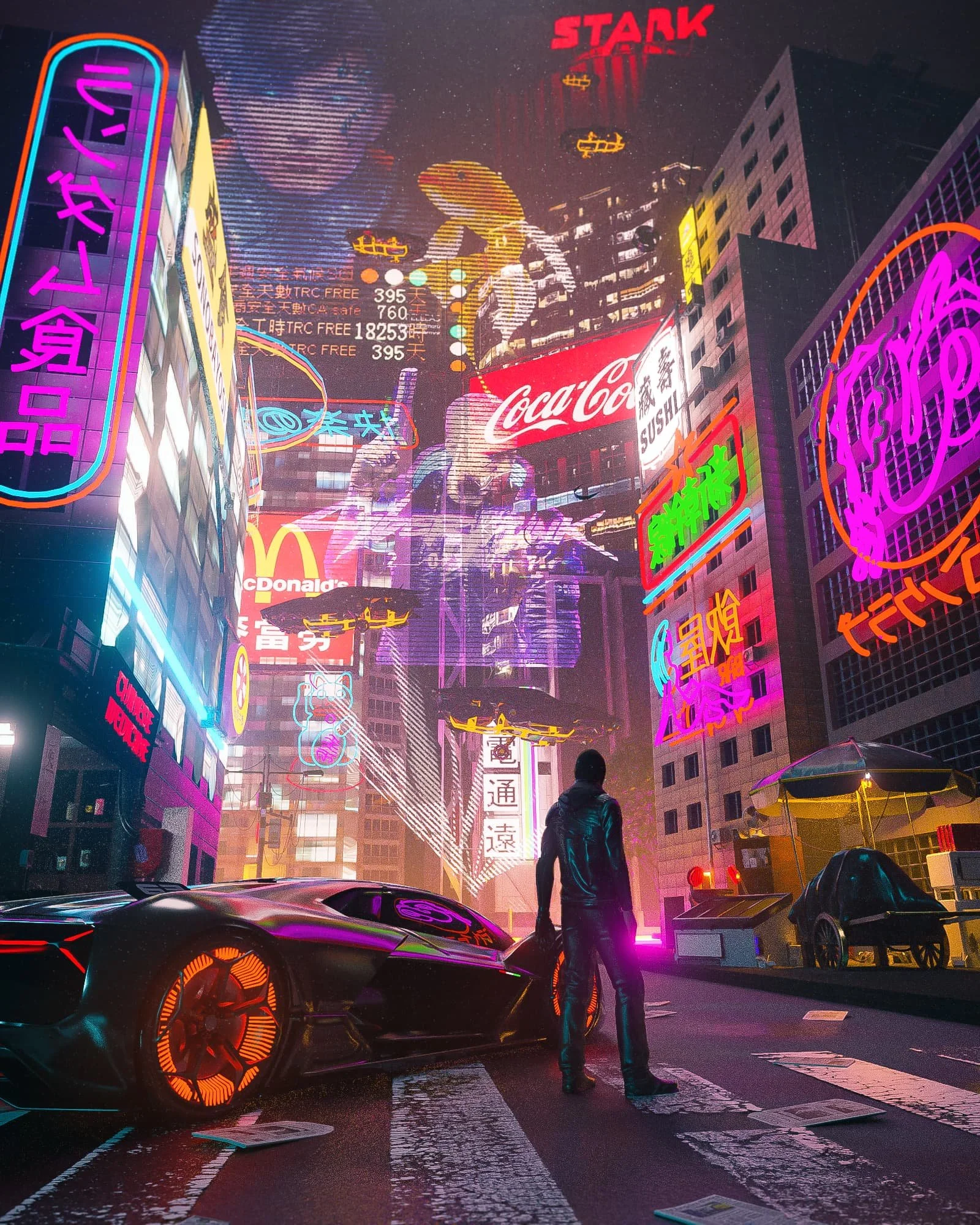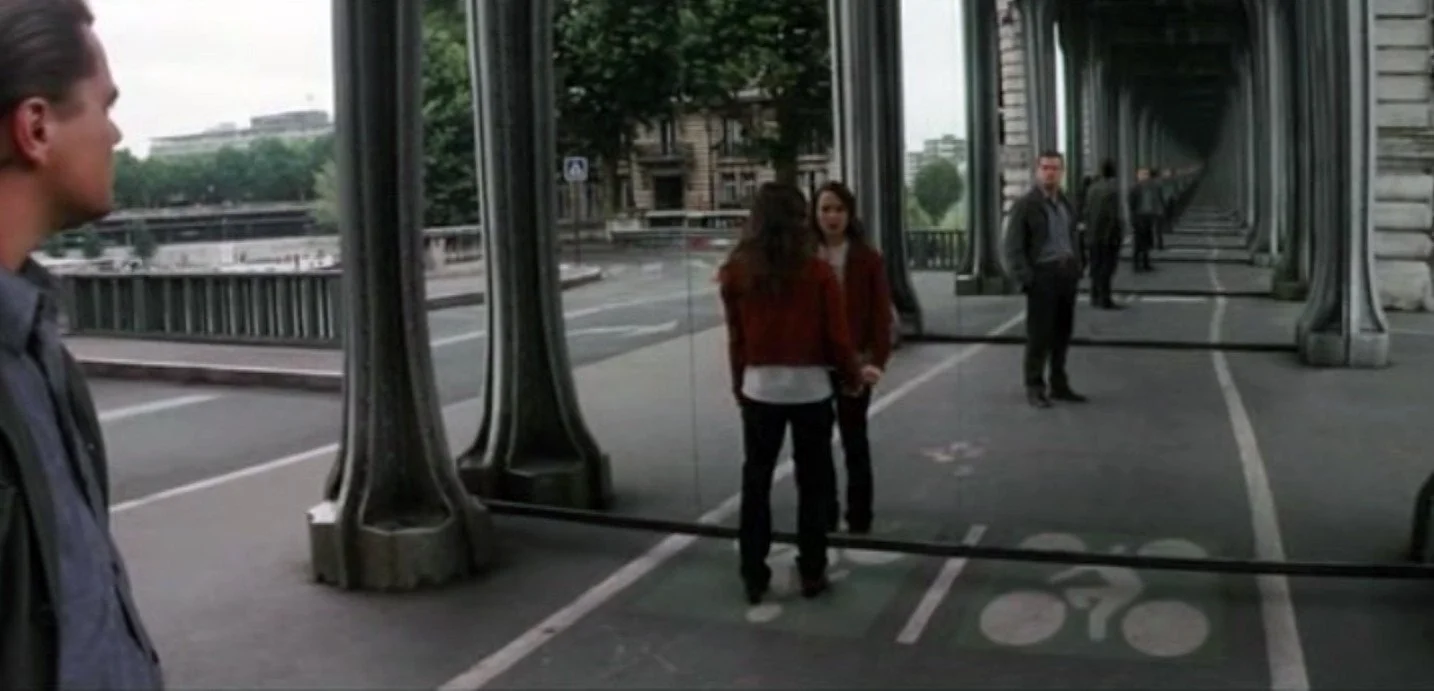Death to fatalism
Why perseverance is the antidote to mass dystopia
Modern media has skewed toward more dystopian visions of the future in the 21st century and there’s a growing body of evidence to back that up. What used to be a way of reflecting on concerns about societal change through fiction, has become another way of sensationalising doom and supercharging fear about the future.
This no longer feels like it is in service creating a dialogue about human progress, but instead isolating people, so that change happens to them, not for them. The real task is to make possibility feel as compelling, accessible, and culturally sticky as collapse.
The rise of dystopianism
Dystopian themes have gained immense popularity across books, films, TV shows, and video games. This includes a sharp increase in titles released post-2000, especially in streaming content. Common dystopian themes have expanded and hybridised, especially the explosive rise in Young Adult fiction that happened around the 2010s.
A 2023 study published in Educational Administration: Theory and Practice compared 20th- and 21st-century dystopian literature and found a significant thematic expansion from dystopias focused on totalitarianism and nuclear war to modern 21st-century works that also explore technology, climate collapse, identity, and resilience.
This is no passing trend. The rise of dystopianism is a cultural reaction to increasing complexity. The genre has evolved from niche critique to mainstream reflection, quantifiably expanding in volume, thematic scope, and societal impact.
That’s where the cultural response starts to break down.
Social media distorts reflection into reaction
Social media algorithms prioritize engagement, and fear-based content consistently outperforms more nuanced or hopeful narratives. This creates a feedback loop: negativity bias plus availability heuristic plus confirmation bias, equals a distorted perception of reality dominated by crisis and threat (Psychology Today).
The “if it bleeds, it leads” mentality has migrated from the 24/7 news cycle to social platforms, where dystopian tropes are repackaged as viral content. Instead of fostering critical discourse about human progress, dystopianism in media often isolates users, reinforcing helplessness and fatalism.
How to reclaim narrative agency in an attention economy that thrives on disempowerment?
Let’s start by examining the core ideas behind dystopian fiction.
Cyberpunk: the dark heart of dystopia
“The sky above the port was the color of television, tuned to a dead channel.”
The opening line of Neuromancer evokes artificiality, decay, and a stark disconnect from reality. The static and white noise of a "dead channel" on an analog TV.
For anyone born after the Nineties this reference won’t hit as hard; the difference between the real and the hyperreal is so blurred now. The Matrix is more effective at portraying a ‘more human than human’ palette when jacked-in, versus the drab ‘desert of the real’.
This is why identities are increasingly created online, in glorious hyperreality, then augmented offline and not the other way round.
Who are “you” anyway? The blurring of identity, of fantasy and reality (Blade Runner 2049).
From niche appeal, Cyberpunk has had a renaissance, because its meaning - of social creatures forced into insular lives ruled by technology and trapped in nostalgia - feels incredibly real for mainstream audiences. Blade Runner has a machine that allows the user to examine every angle of a past moment, all they need is a photo.
Cyberpunk 2077 distills every science-fiction trope into one mesmerising gaming world. Night City is morally bankrupt and spiritually dead. If you seek community, join a gang or become a corpo. Chromed-out cyberpsychos roam the streets. Anyone augmenting their body with technology runs the risk of losing grip of reality or having their reality manipulated by corpos and rogue AI (inspired by Masamune Shirow’s Ghost In The Shell). Everyone will betray you. The only ‘good’ characters are failures, oddballs and outliers, like Misty or the Zen Master. It is only those characters that point to a way out.
Fatalism is not cool, but it is marketable.
We must be absolutely clear that dystopianism and fatalism are not cool. Movies like Blade Runner, The Matrix, The Hunger Games and Fury Road make future noir look and feel amazing, romantic even.
Neo-noir aesthetics; rain-slicked streets, neon lights and high-fashion imbue dystopia with a sense of allure and rebellion. As Sue Short explores in her paper Fatalism vs Free Will: Nihilism and Noir, these narratives celebrate anti-heroes who defy rules with charisma and style, masking the underlying despair and systemic collapse.
The reality of these stories happening will be anything but. For every Keanu, Harrison or Jennifer, there is a reality of powers like Trump, Farage, Thiel or Logan Paul. There can be no illusion that a future dystopia will be as beautiful as Blade Runner. It will be awful. People will suffer in vast numbers. We must work to prevent that.
Children Of Men is unflinching in its portrayal, a near-future reality that makes the viewer feel their skin crawling throughout. The Road is a story that most will simply avoid for its brutality.
“Cyberpunk was a warning, not an aspiration.”
If a metaphor is not widely understood, did the idea fail?
Science-fiction is an exploration of the metaphysical and not just about cool ‘prescient’ ideas for tech bros to copy.
If the majority of viewers experience a story like Dune and don’t grasp the subtexts, then has it really had the intended impact? Both Blade Runners were commercial failures. Don't Look Up tried to dramatise the impact of climate inaction in a more obvious, accessible way, yet it is often described as condescending and insufferable.
Blockbusters like The Matrix may contain profound subtexts, but if those subtexts are inaccessible or overshadowed by spectacle, their impact is diluted. They become cultural moments, not cultural movements.
Blade Runner 2049’s art direction was heavily influenced by the photography of Edward Burtynsky. Burtynsky's work explores the "scars of human-altered landscapes" to spark dialogue about humanity's impact. I can’t help but wonder if the beauty distracts from the destruction, in both cases.
Regenerative and protopian ideas like solarpunk, while rich in potential, often feel like they’re speaking to the “enlightened few” and not the majority, who are bombarded daily with fear-based content.
When feeling overwhelmed, people often seek magical solutions as a way to cope and seek relief.
Fatalism is rooted in ‘silver bullet’ thinking
Silver bullet thinking refers to the belief that a single, simple solution can magically solve a complex problem. This is pure marketing. This is every fad diet and tech macguffin. Silver bullet thinking is seductive because it promises:
• Simplicity in complexity: A single fix for multifaceted problems.
• Speed over depth: Rapid transformation without systemic change.
• Certainty in uncertainty: A comforting narrative in chaotic times.
This mindset often masks deeper organizational or societal dysfunction. Technologies like AI, AR, and IoT are deployed to bypass uncomfortable conversations or outdated systems, rather than address root causes.
Repeated dissonance between promise and experience leads to skepticism, mistrust, cynicism, nihilism, apathy and eventually fatalism. The belief that all events are predetermined and inevitable, leaving little room for human agency or the potential for change. It's the whole idea of “tune in, turn on, drop-out”, which is a dangerous precedent for 21st century humanity, being faced with so many existential challenges.
Fatalism is a destructive mindset due to its potential to foster passivity, resignation and a willingness to let the powers-that-be have absolute authority, enshittification is a good example of this phenomenon.
Reframing agency to change that happens through you.
Marcelo Gleiser in The Scientist argues that the intellectual life of society has ruptured into two distinct groups - scientists and humanists - who increasingly fail to communicate with each other.
He champions reframing agency by re-integrating science and humanities and democratising knowledge. Not just in academia, but in media, education, and public discourse. This means ideas and storytelling that are emotionally resonant, intellectually reasoned and culturally relevant to everyday experience.
“What’s the most resilient parasite? An Idea. A single idea from the human mind can build cities. An idea can transform the world and rewrite all the rules.”
Christopher Nolan was absolutely right about the power of ideas and he has been quite exceptional in making movies that all people can relate to and notice subtext. Inception was the fourth highest grossing movie of 2010.
The idea of embracing futurism with enthusiasm for Humans In The Machine was inspired by something Marianne Williamson said - “A change of heart leads to change in behaviour, and a change in behaviour leads to changing the world.” It’s these sorts of powerful, yet simple statements that create possibilities and cultural movements.
Start from desired outcomes, before functions
The real task is to make possibility feel as compelling, accessible, and culturally sticky as collapse.
Anchoring future-fitness in outcomes rather than functions, gets round the silver bullet trap and invites a more human, systems-oriented approach. Five outcomes - Openness, Realism, Resilience, Divergence, Coherence - form a kind of meta-competency map for thriving in complexity; a counterweight to both dystopian fatalism and narrow specialization. A means to retake our agency.
Be an activist.
Conscientization, popularized by Paulo Freire, is the process of developing a critical awareness of one's social reality, particularly in relation to power structures and systems of oppression. It involves reflecting on one's own position within these structures and engaging in action to transform them.
Indecline, the American counter-culture art collective, talk about activism as a type of artistic therapy. Their protest art is shown as not only relevant, but necessary for change; invading echo chambers and exposing society’s dark underbelly.
You don’t have to lobby a politician to be able to express yourself, you can also be creative and above all, active. The goal of activism is not just to express a viewpoint, but to engage in a meaningful exchange with others, including those in positions of power and those holding differing opinions.
Fatalism is a slide into resignation, familiarity and compliance. What we need now is selective activism.
The task is not to deny complexity or sanitize uncertainty, but to cultivate a culture where possibility is practiced, not just imagined. This requires a shift from function-driven technological dependency to outcome-oriented human agency.
Through openness, realism, resilience, divergence and coherence we have an enthusiastic alternative to specialization and resignation. Outcomes to power a new wave of products, services, skills and innovations. Helping people to become future-fit, not left-behind. Because the future is not something that happens to us, but something we shape through us.
© 2025 Oliver Spalding. All rights reserved. HITMXE® is a registered trademark of Oliver Spalding.
This post is licensed under a Creative Commons Attribution. You may share this content with attribution, but not modify or use it commercially without written permission.






